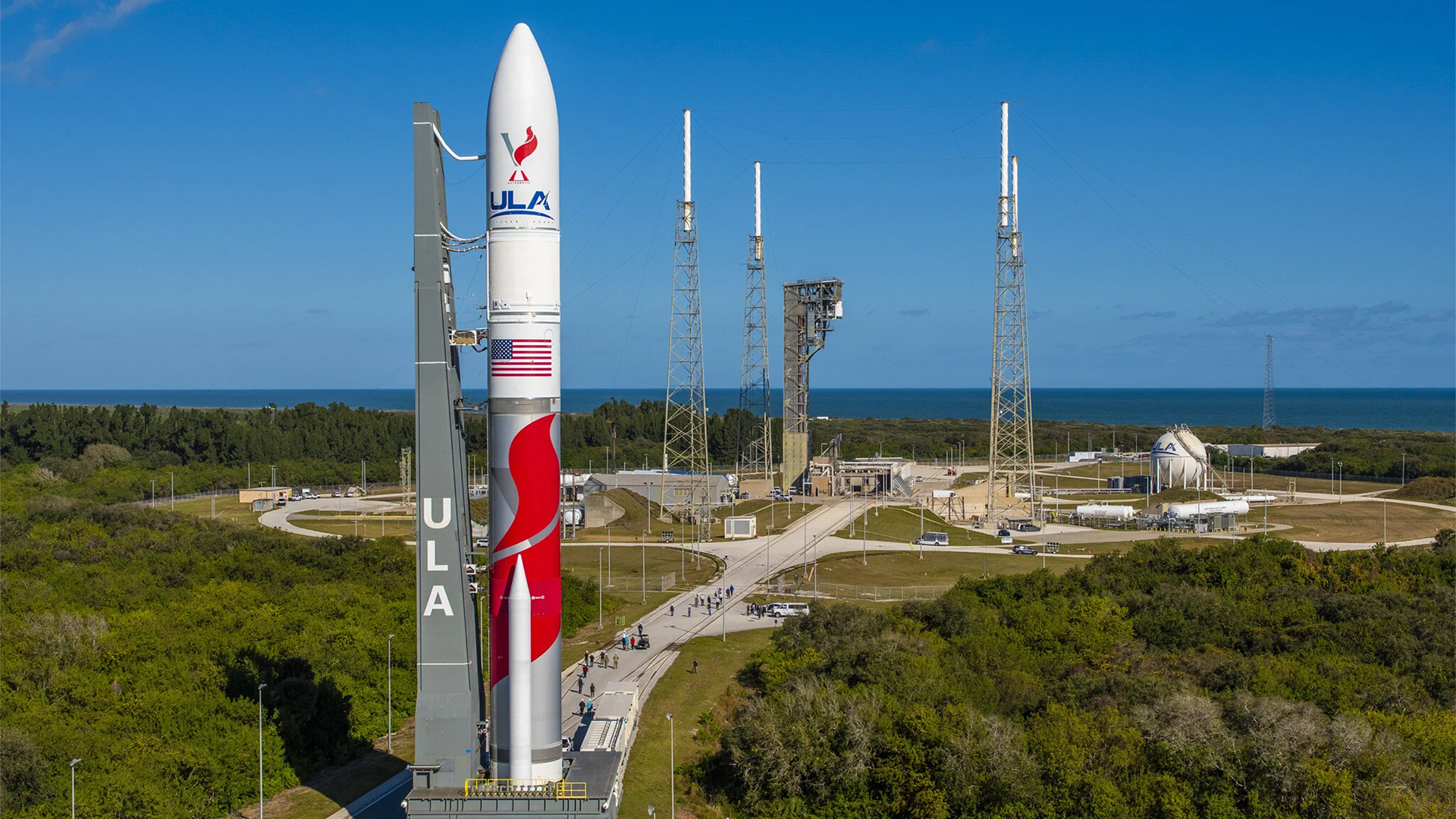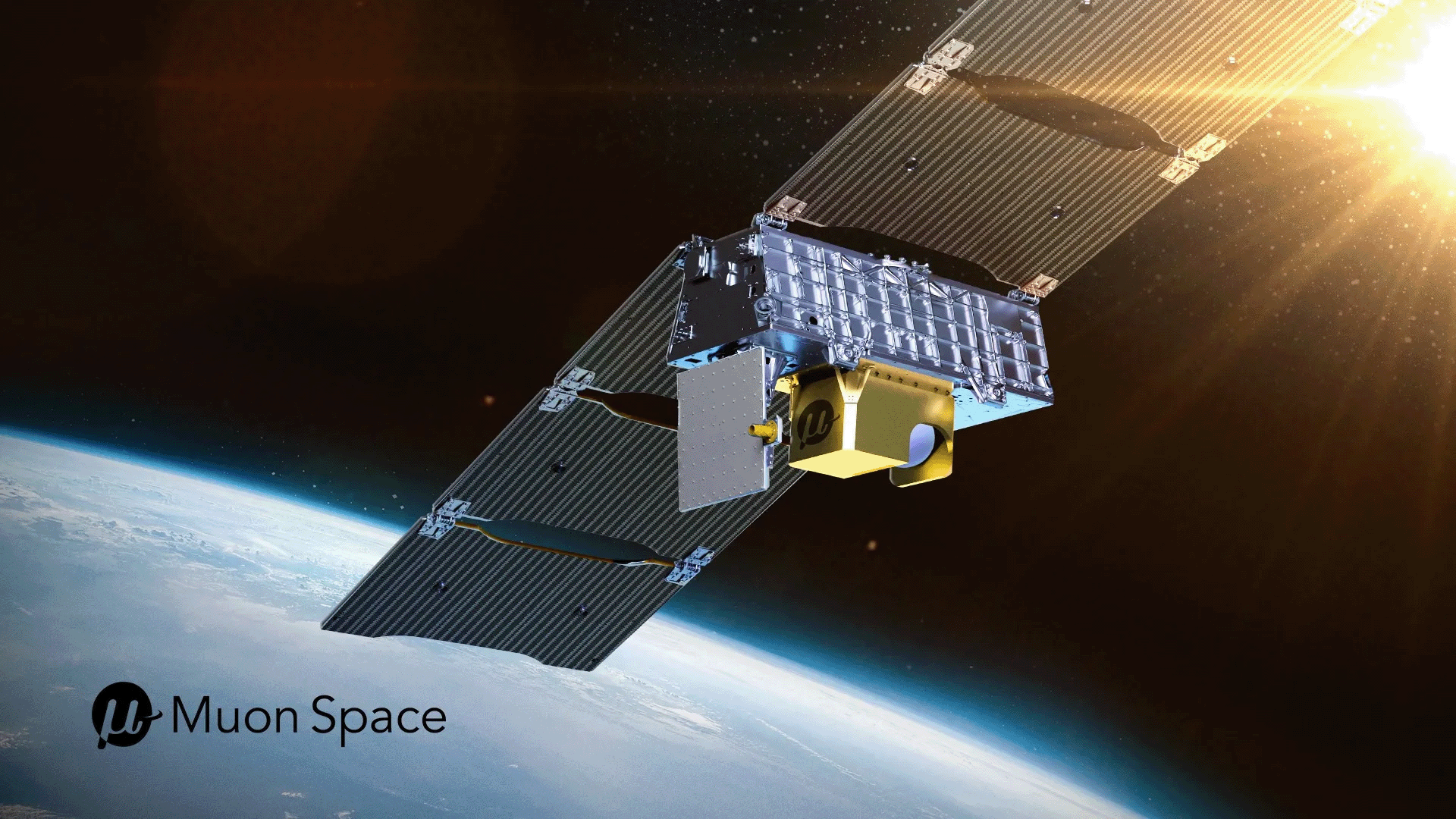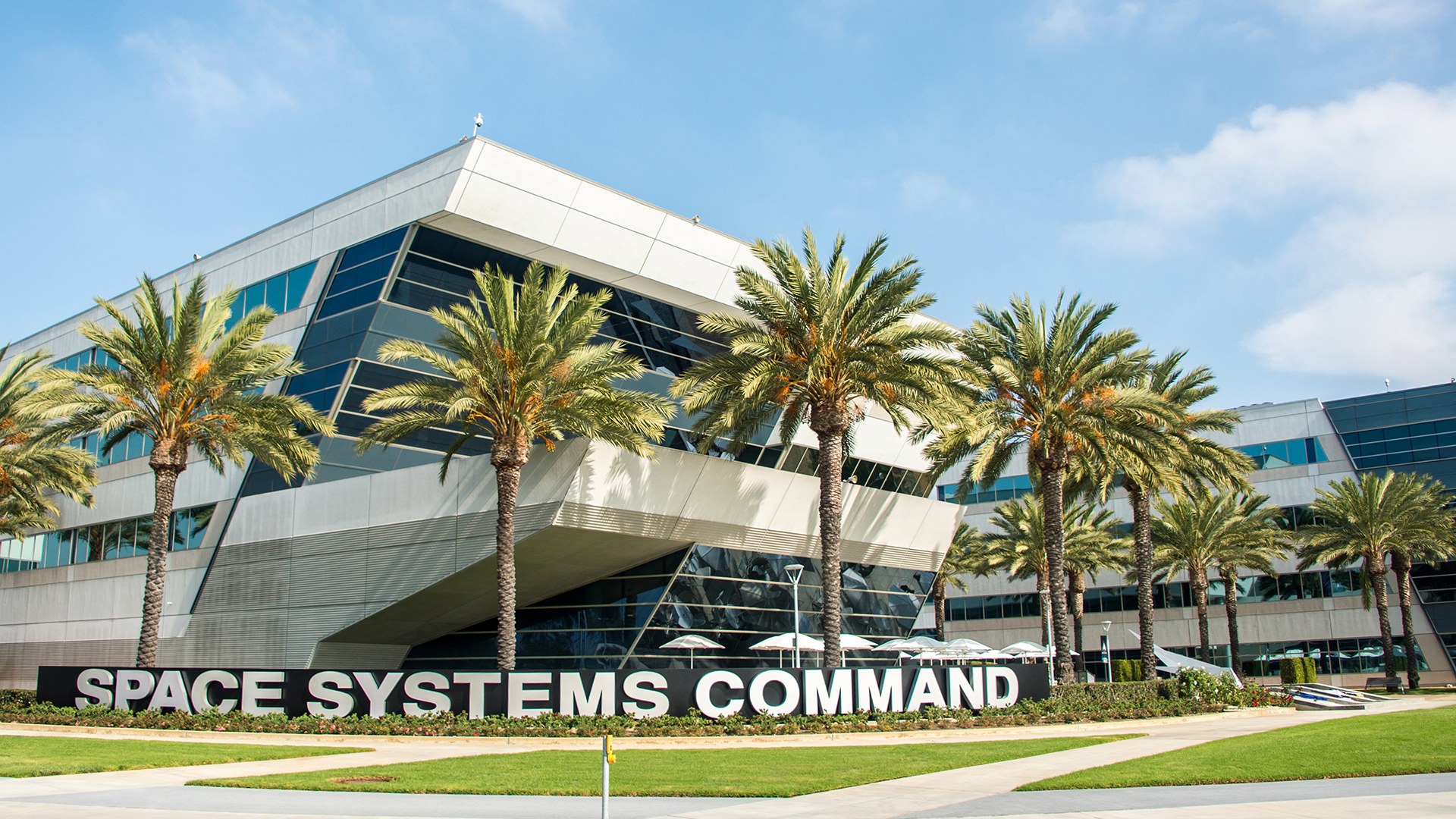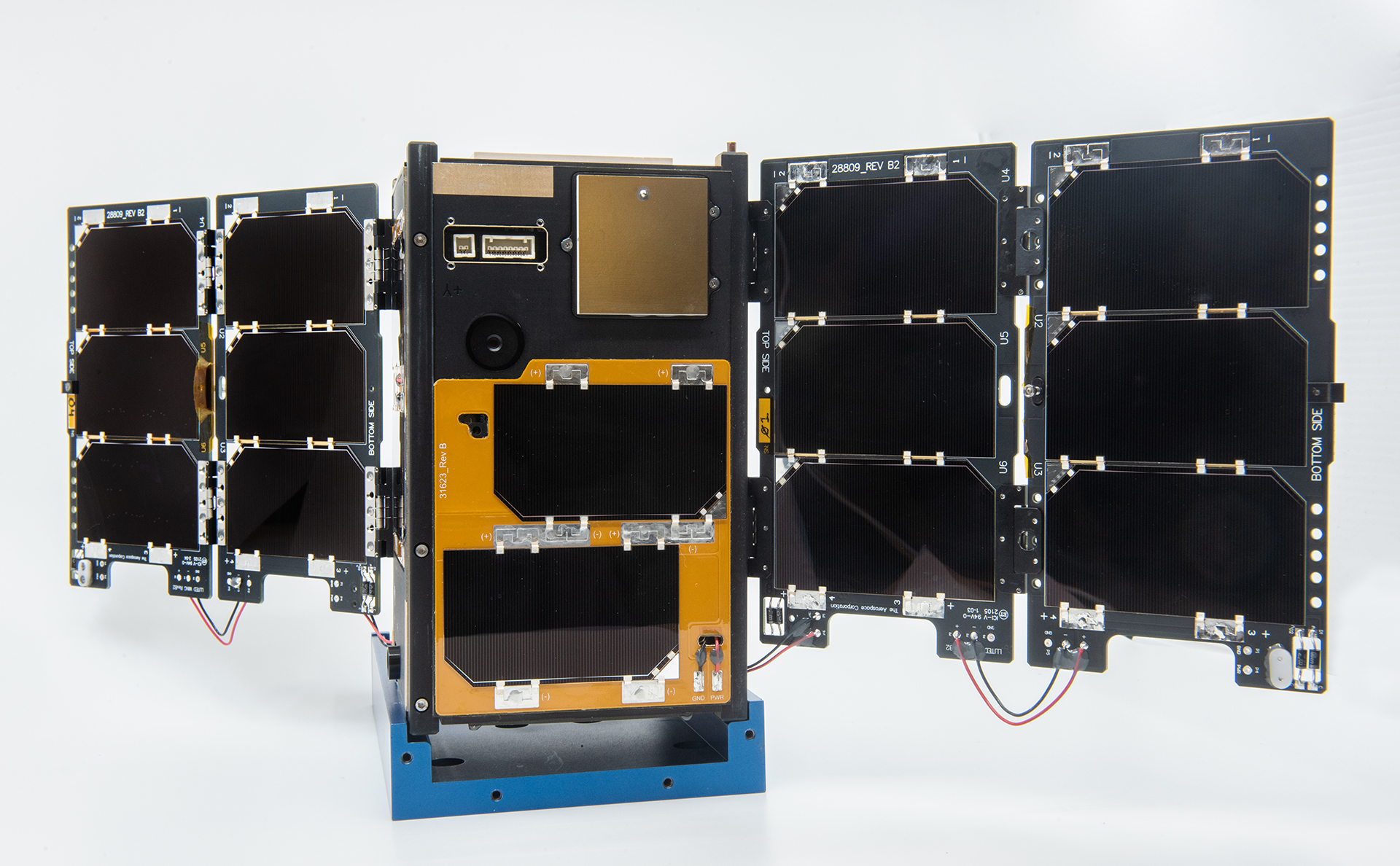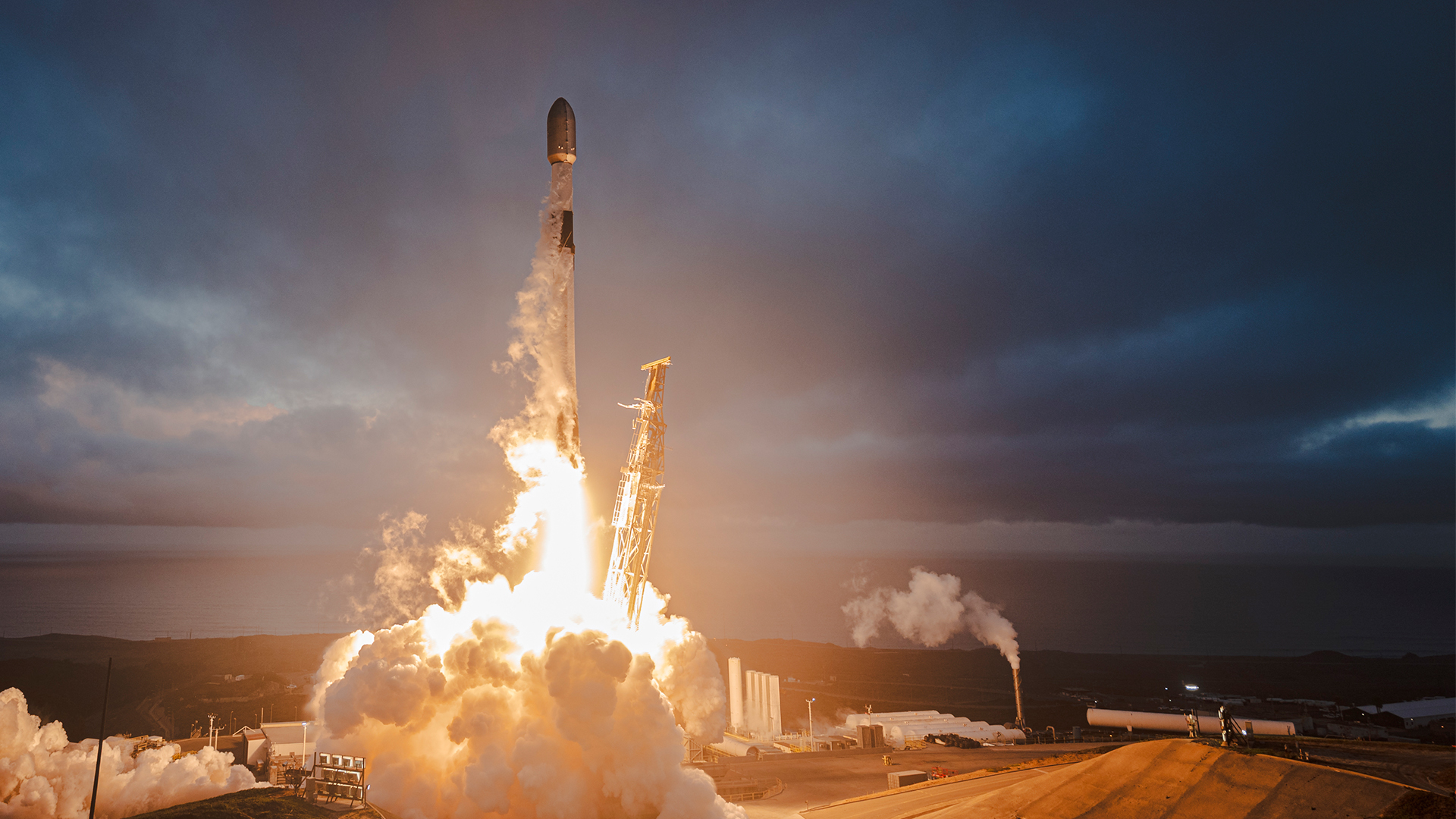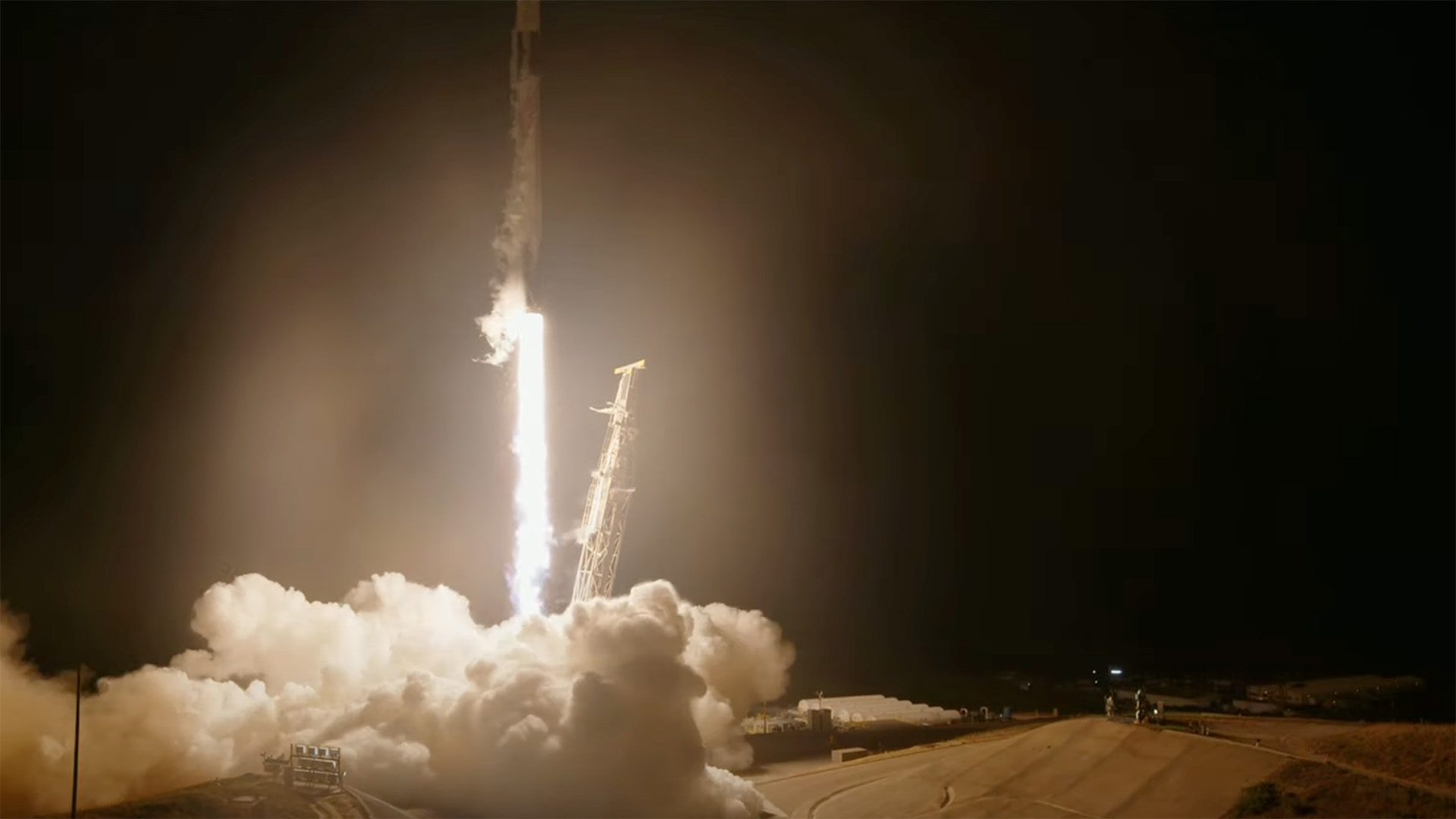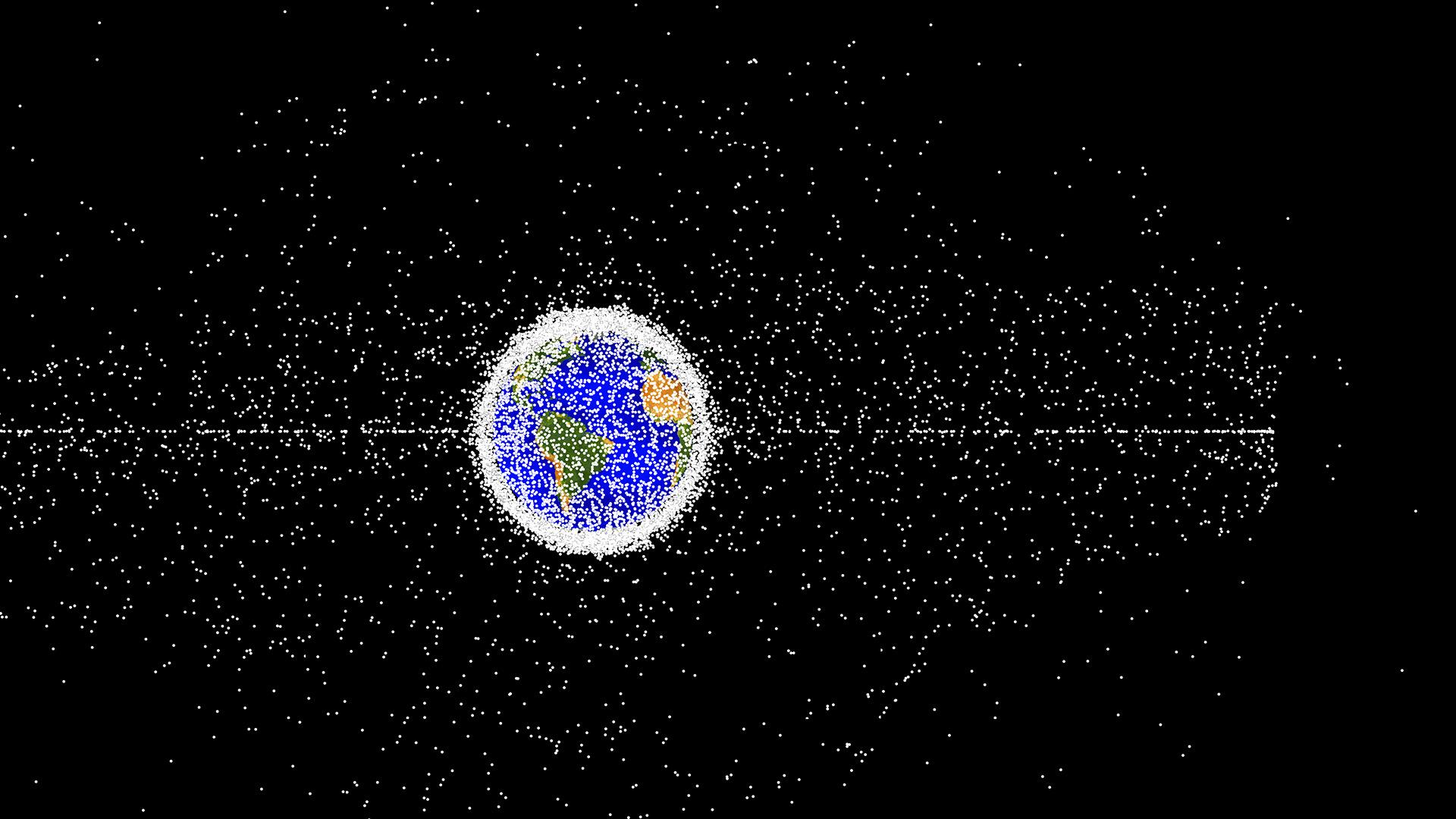Ars Technica — The Orion spacecraft, which will fly four people around the Moon, arrived inside the cavernous Vehicle Assembly Building at NASA’s Kennedy Space Center in Florida on Oct. 16, ready to be stacked on top of its rocket for launch early next year.
How the Space Force is Getting a Head Start on Defense Acquisition Reform
Air and Space Forces — At AFA’s Air, Space, and Cyber Conference, Chief of Space Operations Gen. Chance Saltzman highlighted several ongoing initiatives, including deepening connections between operational units and acquisition teams, scouring procurement plans to find ways to integrate commercial capabilities, and investing in its military and civilian workforce.
SpaceX, United Launch Alliance Awarded Space Force Contracts
The Hill — The U.S. Space Force announced that SpaceX and United Launch Alliance (ULA) have been given contracts for high-priority national security missions budgeted in fiscal year 2026.
Space Force Taps Muon’s Wildfire Monitoring Satellites for Weather Imaging
Air and Space Forces — Muon Space, a California-based manufacturer of small satellites, was awarded a $44.6 million contract for in-orbit demonstrations of the company’s environmental monitoring technology in support of military applications.
Space Force Plans 2026 Competition for Commercial Satellites That Can Maneuver
Air and Space Forces — In an Oct. 8 notice to industry, the service said it plans to start a competition in January for the effort, dubbed Maneuverable GEO. The intent is to create a pool of contractors the service can tap, when needed, to supplement military capabilities.
Work On NASA Moon Program Continues Despite Government Shutdown
Aviation Week — NASA is aiming to land two astronauts near the lunar south pole in late 2027. That mission—the third in the Artemis program—would follow the Artemis II crewed flight test around the Moon, which is slated to launch by April.
Cubesats Present Big Opportunities For Students And Industry
Aviation Week — Initially dismissed by the space industry, Cubesats have made space engineering and science accessible to a wide range of players through partnerships among commercial space companies, universities, and NASA.
Vandenberg Space Force Base breaks Annual Launch Record With SpaceX Rocket
KTLA — The Oct. 3 Starlink mission broke Vandenberg’s previous record of 51 launches in 2024. The base is scheduled to host more than 70 launches for all of 2025.
SpaceX Lands Majority of US National Security Launches Awarded For Fiscal Year 2026
Breaking Defense — The seven NSSL Phase 3 Lane 2 launches carry high-value, must-go payloads or those headed to orbits that are more difficult to achieve.
Removing These 50 Objects From Orbit Would Cut Danger From Space Junk in Half
Ars Technica — A new listing of the 50 most concerning pieces of space debris in low-Earth orbit is dominated by relics more than a quarter-century old — primarily dead rockets left to hurtle through space at the end of their missions.



